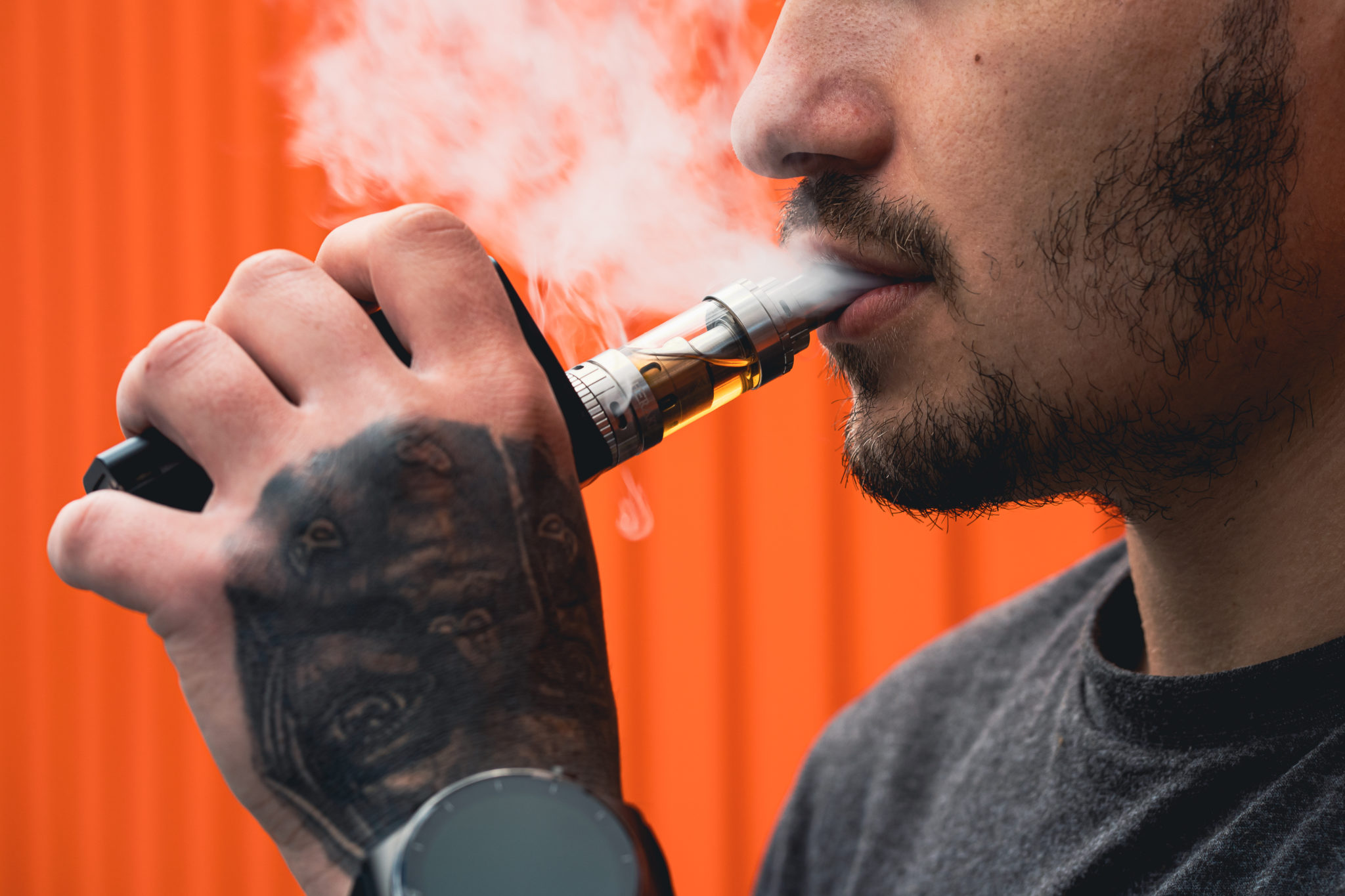A new study published in Nicotine and Tobacco Research suggests that vaping products with higher nicotine levels are more effective at helping people cut down on combustible cigarettes without increasing their overall nicotine use.
“Our results suggest that using e-cigarettes or a cigarette substitute to reduce cigarette consumption can result in a reduction of self-reported cigarette use and dependence,” Jessica Yingst, an assistant professor of public health sciences at Penn State and a co-author of the paper, said in a press statement.
“Dual use … is not associated with an increase in total nicotine dependence or exposure.”
In an email to Filter, Yingst emphasized that her biggest takeaway was that “dual use of e-cigarettes to reduce cigarette smoking is not associated with an increase in total nicotine dependence or exposure.”
The study, funded by the National Institute on Drug Abuse of the National Institutes of Health and the Center for Tobacco Products at the Food and Drug Administration, followed 520 participants who were interested in limiting their cigarette consumption but did not have any plans to quit entirely. The researchers—a relatively eclectic mix of scholars that included Yingst, Jonathan Foulds of the Penn State University College of Medicine, and the usually prohibition-minded Joanna Cohen of the John Hopkins Bloomberg School of Public Health—then instructed these hundreds of participants to reduce their cigarette intake over a six-month period.
“Research on this topic is conflicted because, in prior studies, participants used their own devices with unknown nicotine delivery profiles,” Yingst said in the press statement. “Our study used devices with known nicotine delivery profiles, which allowed us to effectively compare how the varying levels of nicotine in a device might affect user nicotine dependence and ability to reduce cigarette consumption.”
The researchers broke the participants into four distinct groups, and provided them with either an e-cigarette that contained 0, 8, or 36 mg/mL of nicotine, or a cigarette substitute that didn’t contain any nicotine at all. (Yingst said that the latter was a plastic tube that allowed people to draw air through it, but it did not contain nicotine.)
The group who had been given the e-cigarettes with the highest levels of nicotine reported smoking the fewest cigarettes.
At the one-month, three-month and six-month marks, the participants self-reported their cigarette and e-cigarette use, while researchers also collected urine samples to measure levels of cotinine, a biomarker that indicates nicotine exposure.
After six months, by the study period’s conclusion, every single participant had decreased the number of cigarettes they smoked. On top of that, those who had vaped 36 mg/mL—the group who had been given the e-cigarettes with the highest levels of nicotine—reported smoking the fewest cigarettes among all the groups.
The findings, consistent with similar conclusions from other peer-reviewed articles, like one co-authored by Foulds in The Lancet last year that analyzed the same data, supports the idea that vaping products are direct substitutes for cigarettes, and that a primary driver in encouraging people to switch is how much an e-cigarette replicates the familiar nicotine delivery of a combustible cigarette.
The notion that the properties of nicotine are significantly harmful—or that “addiction” without significant harms is a valid concept—would be disputed by tobacco harm reduction advocates. Nonetheless, the specter of “nicotine dependence” is frequently cited by opponents of vaping; doing so may have just gotten a little harder.





Show Comments